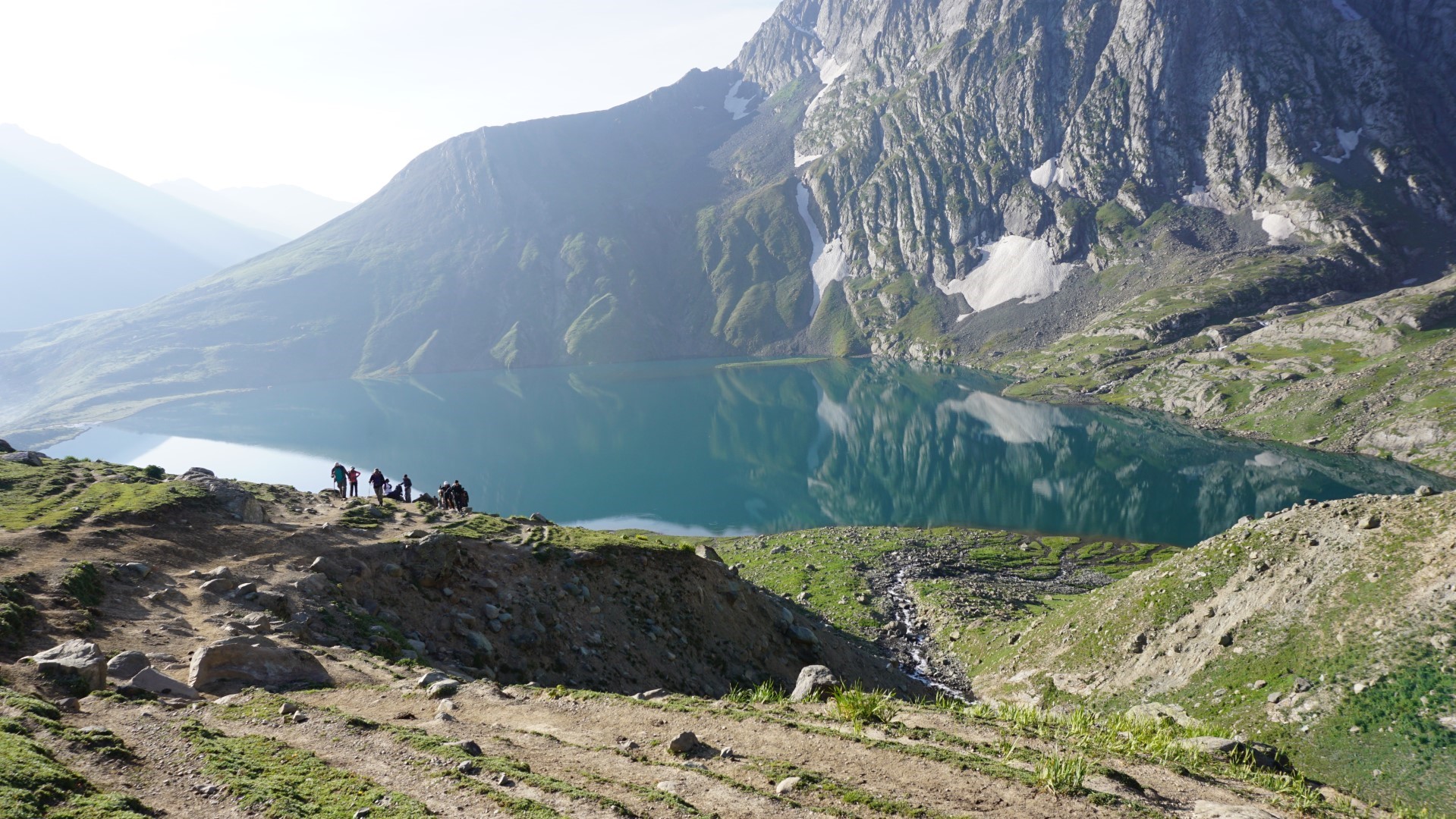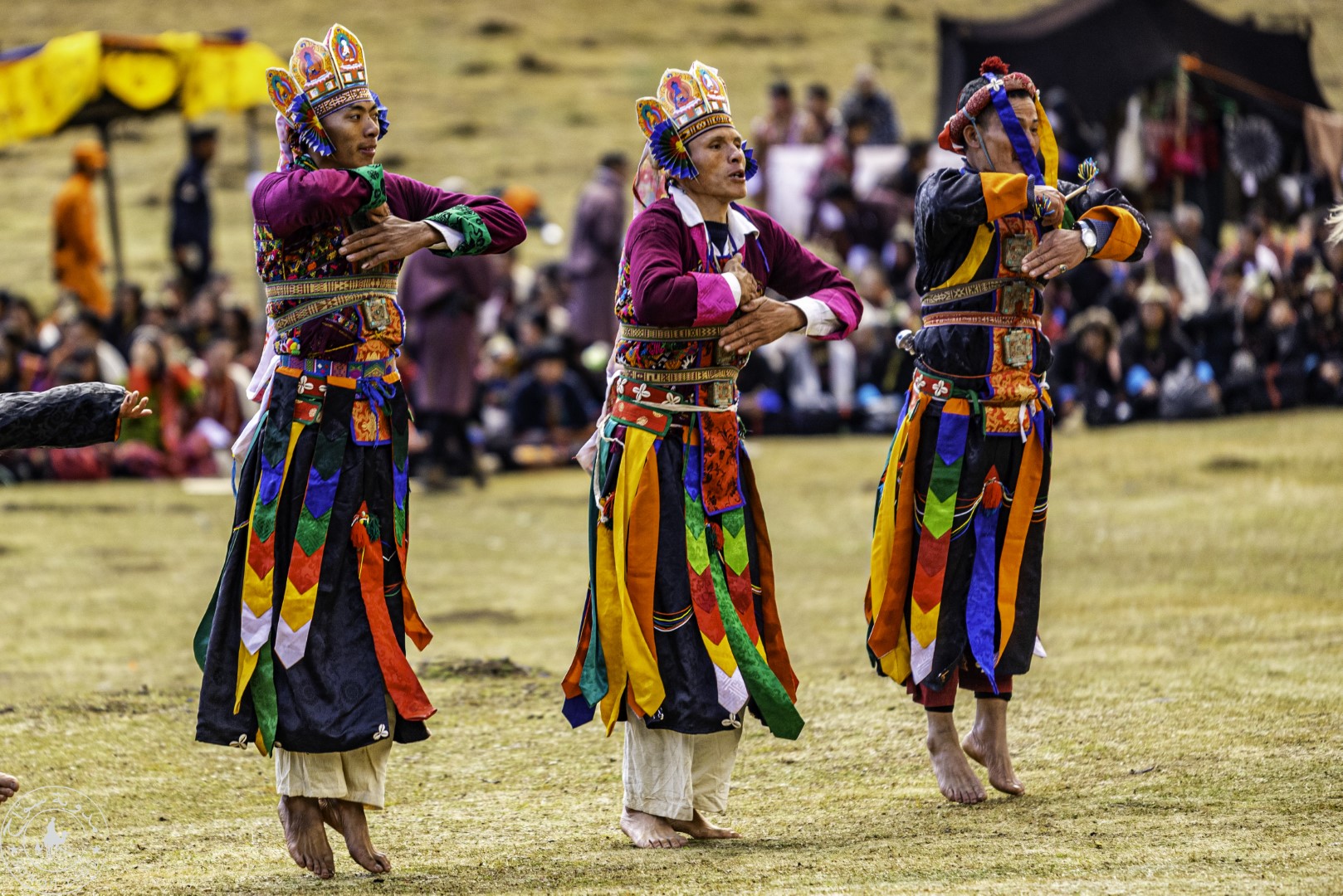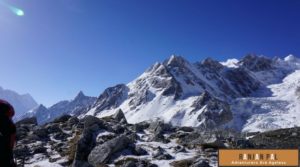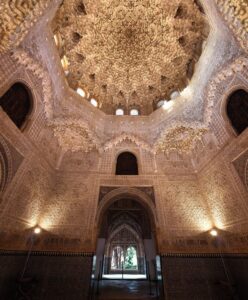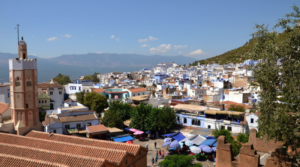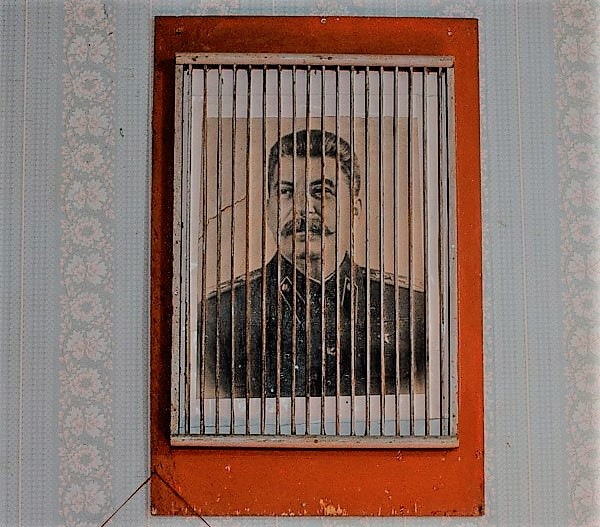
Georgia, the birthplace of Stalin: was he favourite son or black sheep?
The most famous personality to come out of the small country of Georgia in the Caucasus was Joseph Stalin who ruled the Soviet Union with an iron fist for thirty years from the death of his predecessor Vladimir Lenin as General Secretary in 1924 to his own death in 1953.
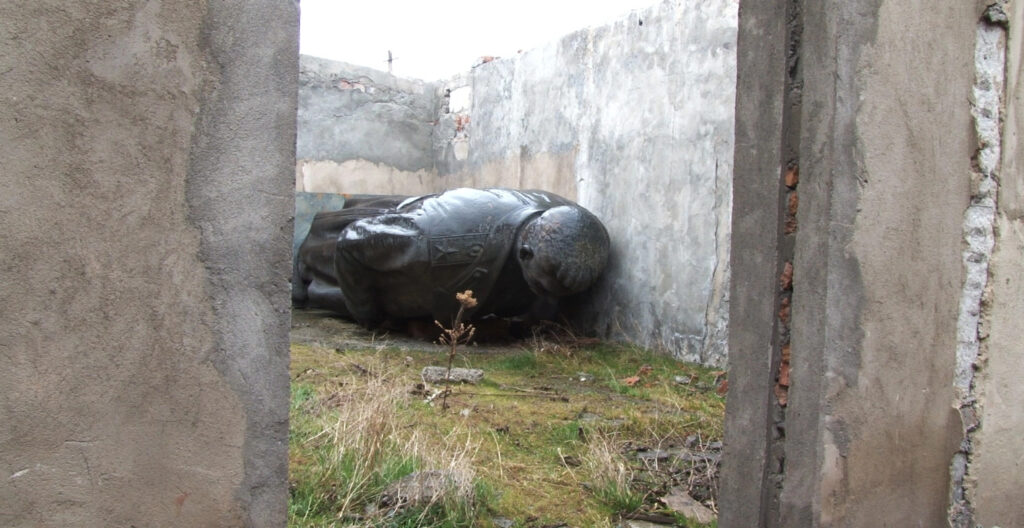

As first-time visitors to Georgia, we were naturally extremely curious to find out more about him, where he came from, and what shaped him. However, what we found is that there is absolutely zero government support for, or interest in, Stalin-themed tourism for outside visitors. So we were forced to go ahead and create our own little Stalin tour.
Stalin’s ghost still stalks the land
Actually, this neglect or omission is not so surprising when you delve deeper into Georgian history and discover that even seventy years after his death, Stalin’s ghost has not been laid to rest. He still provokes great controversy and dissonance in Russia, and even more so in his homeland of Georgia. He was born Ioseb Dzhugashvili, the son of a humble cobbler and a washerwoman, in 1878, in the provincial town of Gori in Georgia, in the Caucasus, then an imperial Russian colony. He took the name Stalin, meaning “Man of Steel’’, as he immersed himself in revolutionary politics as a young man. It was a most apposite name; steel as a material is both strong and resilient, but also hard and ruthless, and Stalin displayed all these attributes in full measure as supreme leader of the Soviet Union.
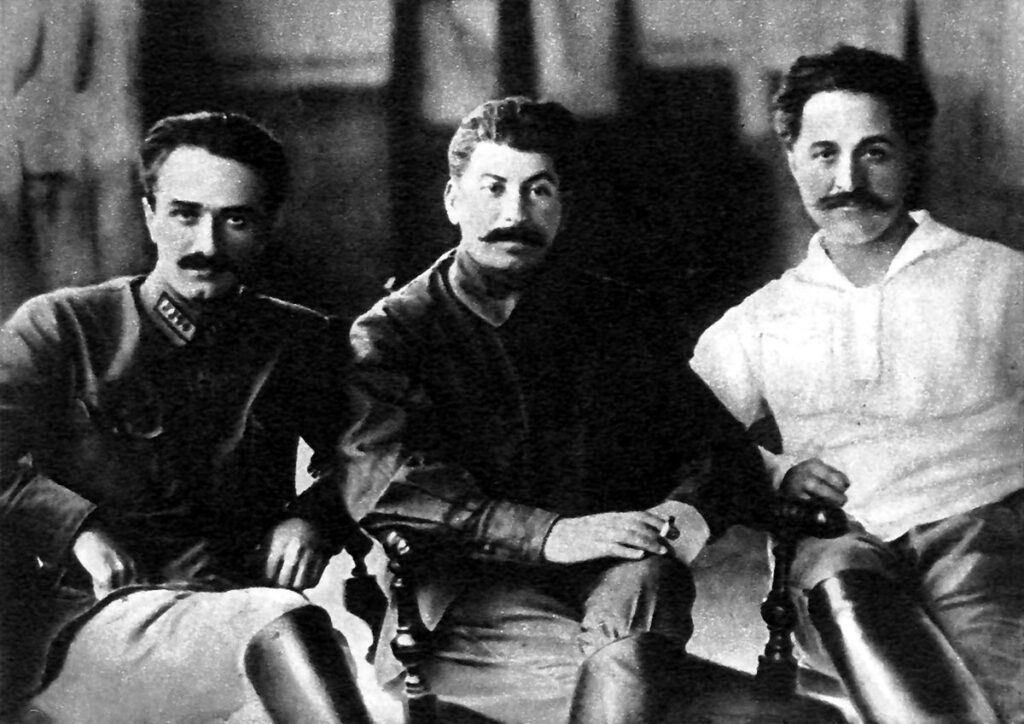

Favourite son to those who remember WWII
What you think of Stalin depends on who you are and where you sit. The world remembers him both as one of the most powerful leaders who changed the course of world history, but also as an authoritarian and brutal dictator who sent up to 10 million of his own countrymen to their death. Within Russia, and particularly within Georgia, people are far more conflicted, mainly because there has been no serious attempt to come to terms with his legacy. A significant part of the older generation reveres him as a favourite son, the strong leader who stood as a bulwark against fascism and turned the tide against the Nazis in what Russians call the Great Patriotic War. He is also idolised as the Russian supremo who took a poor, backward nation that had been ravaged by civil war, famine, and pestilence and transformed it into an industrial superpower, second only to the United States.
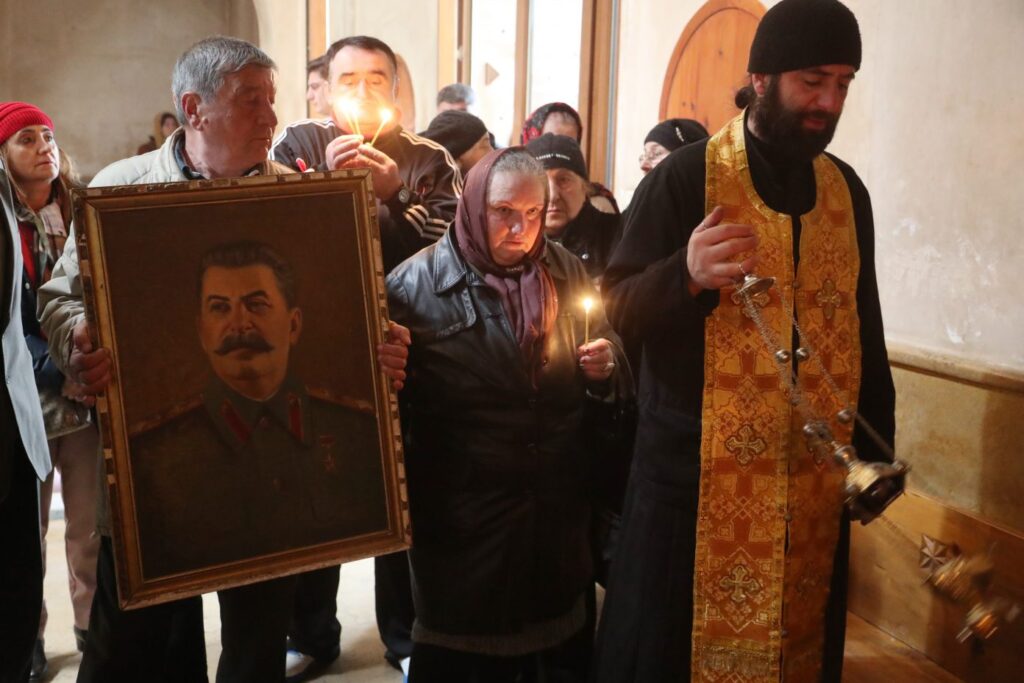

Black sheep to those born after Independence
For the younger generation (or that part who know of Stalin), he is somebody that Georgians should feel ashamed of or embarrassed about. As a ruthless dictator, he executed, exiled, and persecuted thousands of Georgians, particularly the political and cultural intelligentsia. In his public persona, Stalin always represented himself as Russian and showed no mercy to his fellow Georgians as seen in his political purges and executions. His programme of forced collectivisation of agriculture in Georgia and elsewhere was an abject failure and resulted in devastating famines leading to the death or starvation of millions of peasant farmers. Today, he is seen as a relic of the authoritarian past and associated more with the continuing Russian oppression of Georgia and Russia’s incursions into South Ossetia and Abkhazia in 2008.


Georgians remain hugely conflicted about Stalin
Despite the fact that Georgia has now been independent for more than thirty years (since 1991), successive liberal governments have failed in their half-hearted attempts to conduct a proper evaluation of Stalin and of his impact on the land of his birth. As a result, Georgian society is riven through with contradictions in its attitudes and feelings towards him, and this very clearly shows up in the results of the one and only systematic poll commissioned by the Carnegie Endowment for International Peace and published in March 2013.[1] According to this poll, Stalin enjoyed a shockingly high 45 per cent approval rating among Georgians even though in the same sample 63 per cent said they would not want to live in a country ruled by a man like him. A dominant 74 per cent agreed with the statement that winning the Great Patriotic War against the Nazis justified all the human suffering and sacrifice that Stalin extracted from his people. At the same time, 45 per cent felt that his acts of repression were political and unjustifiable. So, you can see how conflicted and confused Georgians are about the only world leader they have produced.


Successive democratically elected Georgian leaders like Mikheil Saakashvili have called for a de-Stalinisation campaign, as was so successfully conducted in post-Nazi Germany with regard to Hitler, but nothing serious has ever come of it. Rather, their actions have been superficial and symbolic, like tearing down the giant statue of Stalin in the centre of Gori, where he was born, in June 2010. This was followed by a huge outcry by Stalin supporters to have it restored, which continues to this day, and other statues of Stalin continue to remain in Gori’s public spaces. Similarly, calls to rename streets bearing Stalin’s name have all come to naught.
Start at the Stalin Museum in Gori


The most central and logical place to start your Stalin tour is the Stalin Museum in Gori. Here the original wooden hut where he spent his childhood years is encased in a grandiose Greco-Italianate pavilion. Behind this looms the actual museum, built in an austere Socialist Classical style in 1957, and consisting entirely of a hagiographic display of enlarged photographs accompanied by long captions, personal belongings, and an array of relics from the Great Leader’s life. We had a bizarre encounter with a museum employee who attempted to con us into paying extra for an English tour before we realised that this was free with the original ticket (15 GEL).
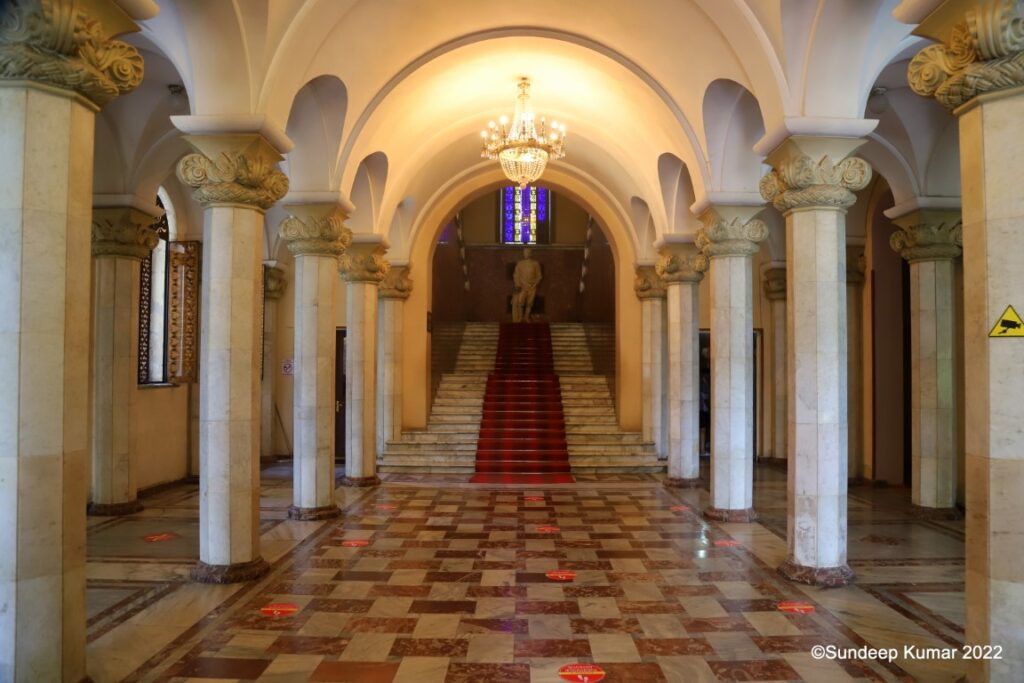

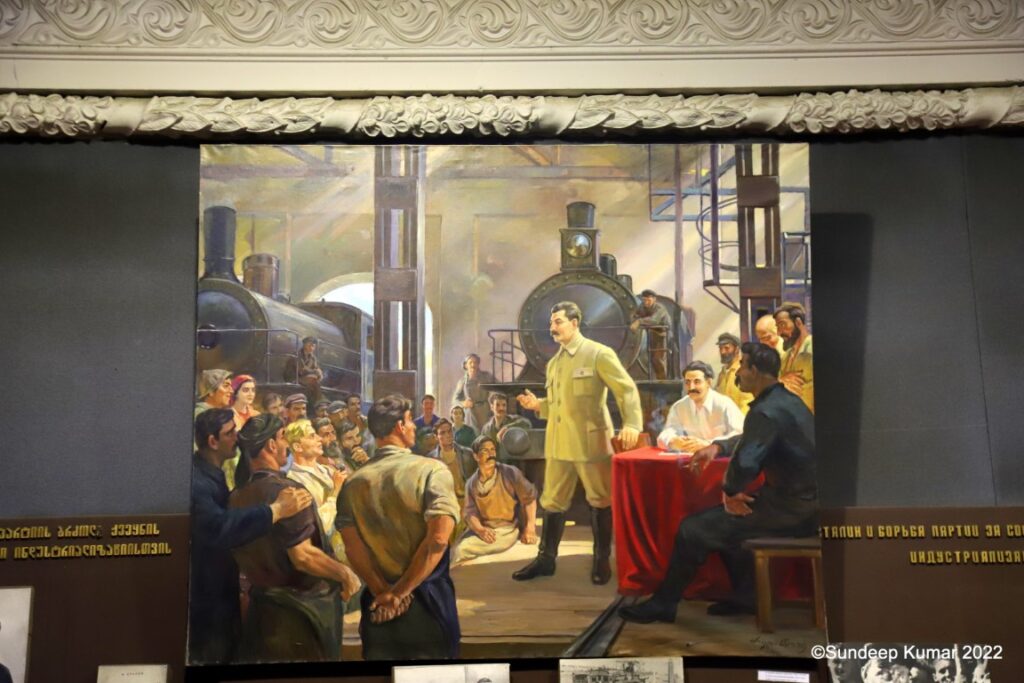

The tour ends in a circular room containing only one item, one of Stalin’s original death masks, placed on a raised marble stand within a circle of columns, like a surreal altar. Almost as an afterthought, one small room downstairs was added, in 2012, dedicated to the victims of Stalin’s dictatorial rule, but is not part of the official tour.
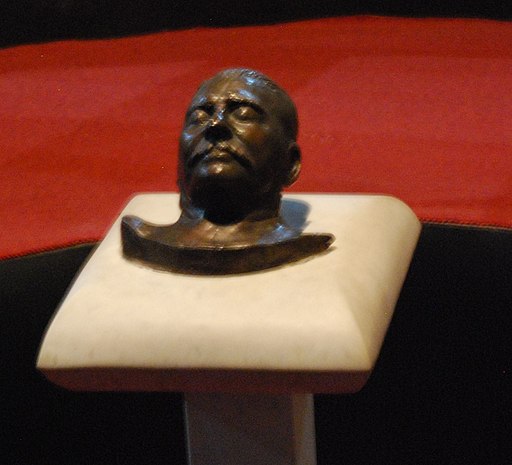

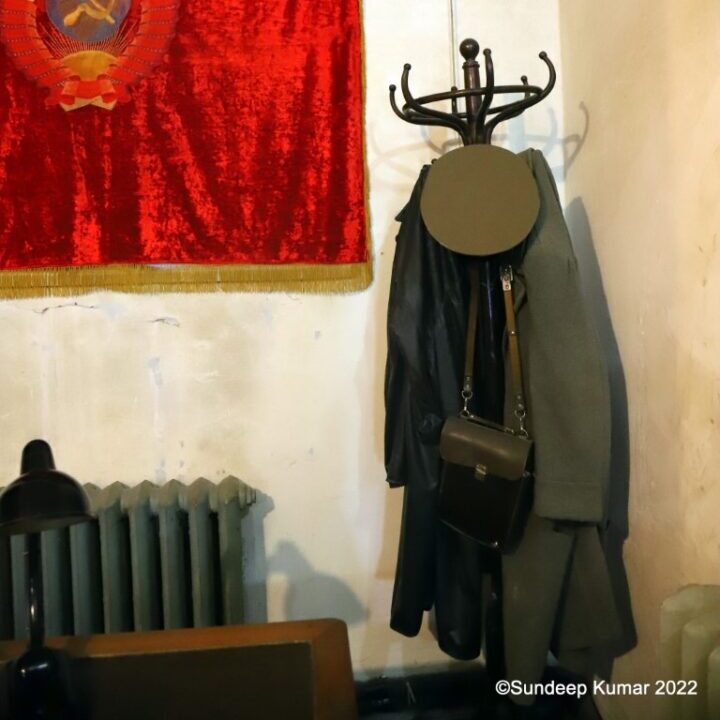

Outside the building, you can clamber onto the green armour-plated Pullman train coach which was dedicated for Stalin’s use and used to transport him to conferences with Churchill and Roosevelt during the Second World War.
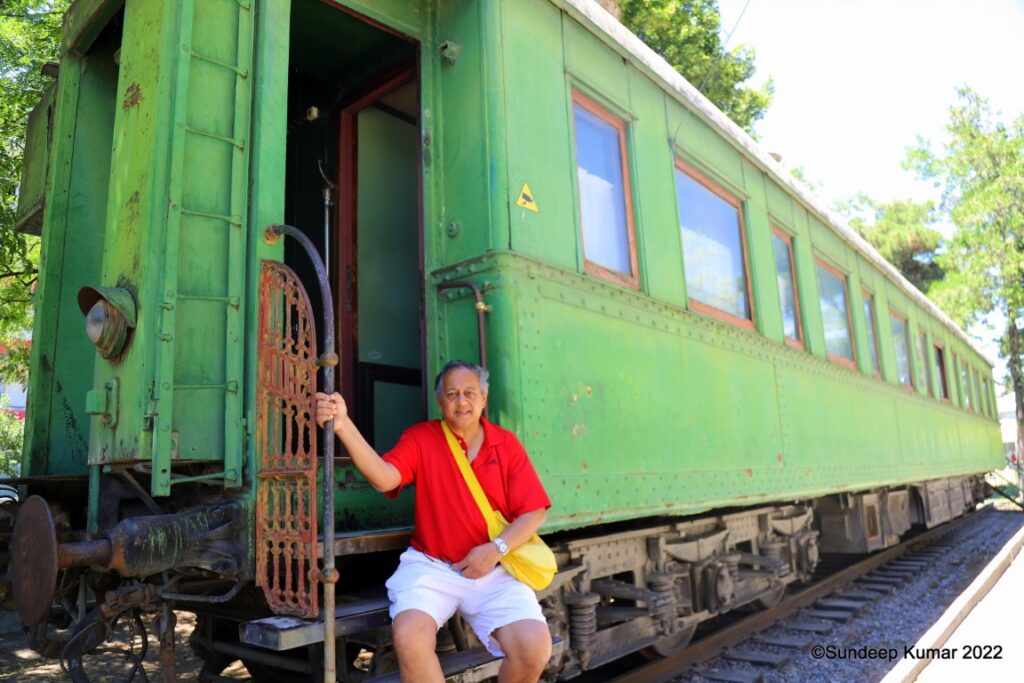

Check out the Stalin Underground Printing House Museum in Tbilisi
Back in the capital Tbilisi, we visited the Stalin Underground Printing House Museum (10 GEL) where Stalin as a young Bolshevik ran an operation that printed pamphlets and proclamations calling for the overthrow of the Czar. Since such an operation had to be clandestine, the printing room was built 15 metres below a nondescript looking residential house and only accessed through iron rungs leading down inside a well, located outside, and then through a secret tunnel. The printing house was set up in 1903 and was operated for three short years before its existence was discovered by an astute policeman who dropped a flaming taper into the well which was promptly sucked into the secret tunnel at the bottom. The underground room is bare except for the rusted-over typographic press which had been smuggled into Russia in pieces from Augsburg in Germany.
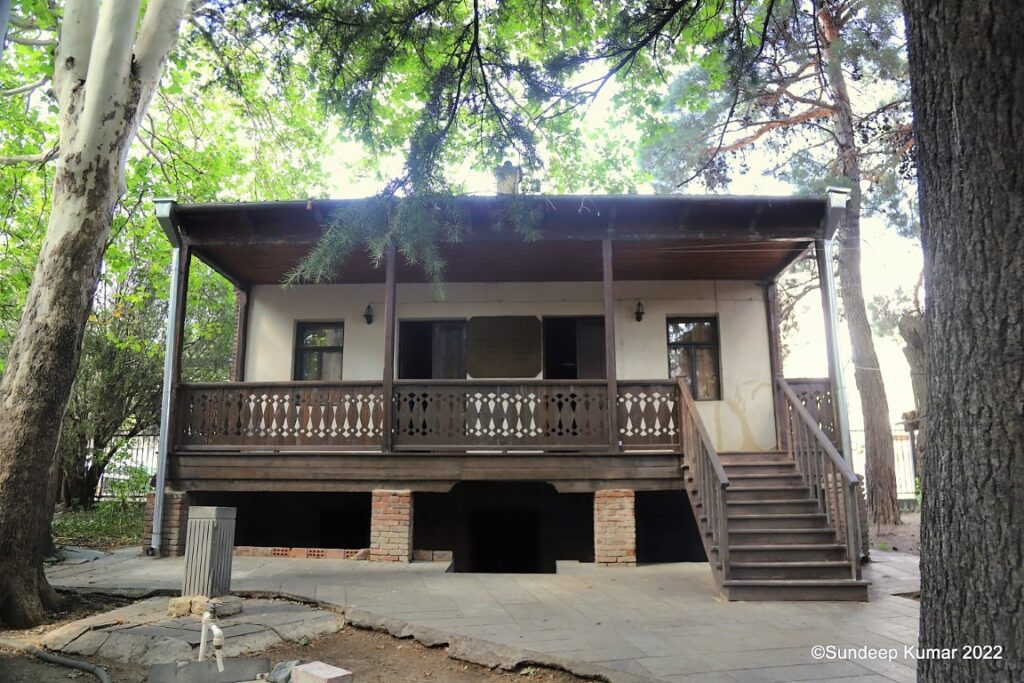

Don’t forget to visit the main exhibition, which displays an array of Soviet-era memorabilia, including original materials printed on the press, a map indicating the cities where the brochures and pamphlets were to be sent, and photos of revolutionary activists.
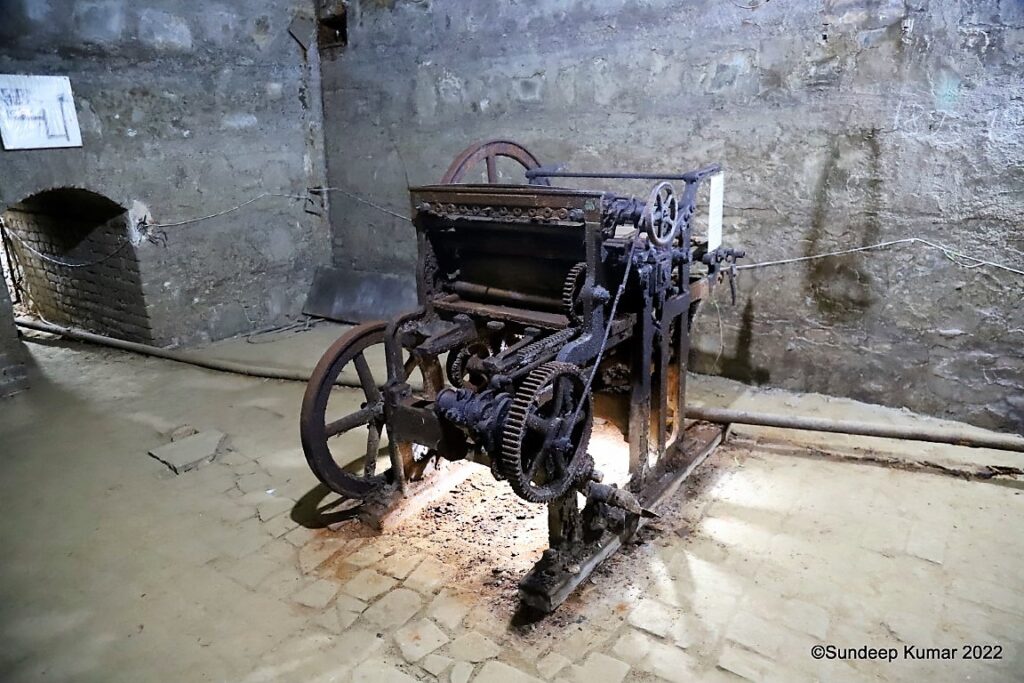

The museum is the highlight of a three-hour walking Soviet Tour of Tbilisi, which we found highly informative as well as entertaining.
End with Stalin’s bath in Tskaltubo


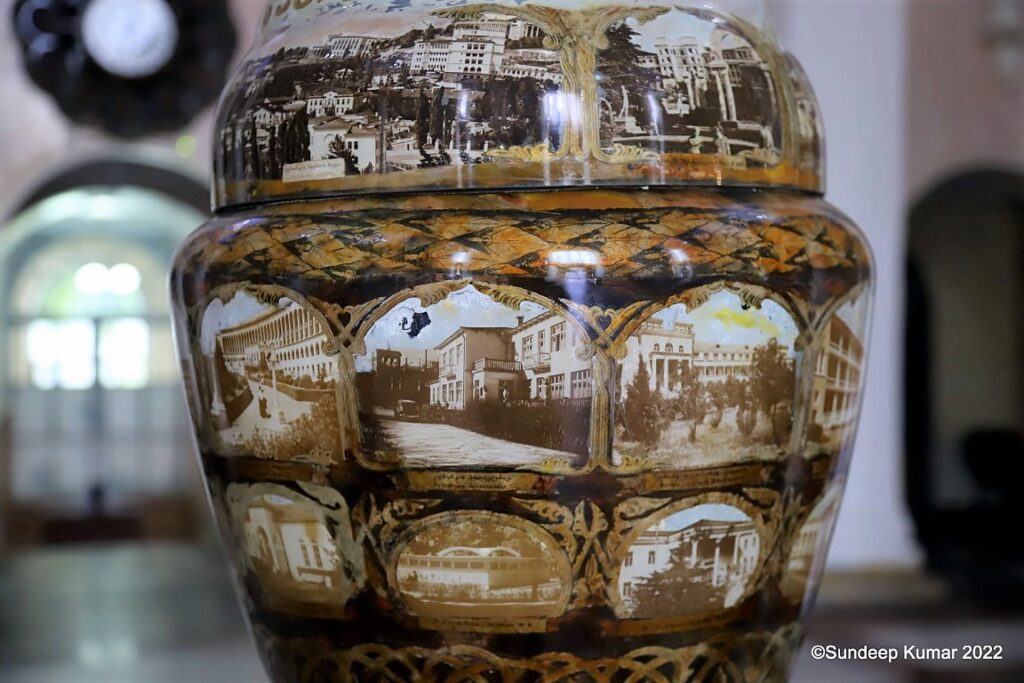

We ended our Stalin tour in the west of the country, in the pretty green countryside surrounding Kutaisi, Georgia’s second city, about a four- hour drive from Tbilisi. Here we found Tskaltubo, an abandoned town of luxury spas, sanatoriums, and bathhouses, which was designated a balneotherapy centre in 1931 because of its restorative mineral springs. The spring water here is said to have a high level of radon which is believed to be good for the cardiovascular and endocrine systems and for curing arthritis and rheumatism. As a young man, Stalin had suffered a serious injury to his left arm which following surgery left it shorter than the right. He had his own private bath built in the ornately decorated spa building housing Spring No. 6 where he would come to rest and recuperate in the 1950s. Entry is free. Do take note of the sculpted relief above the entrance featuring Stalin greeting bathhouse visitors as well as the centrepiece in the grand entrance hall, which is a huge urn displaying images of Tskaltubo’s sanatoriums in their glory days. By comparison, Stalin’s actual bath is an anti-climax. It has been left in a decrepit state, perhaps intentionally, notable mainly for its bizarre yellow-and-red mosaic of horseshoe crabs.
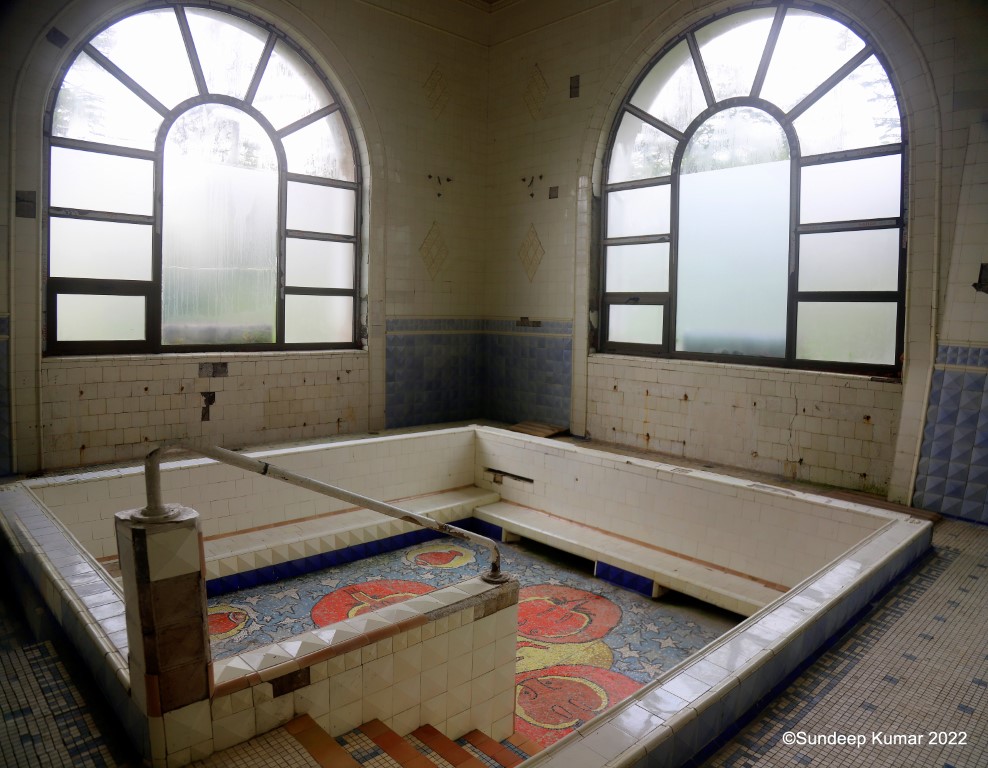

[1] The report titled “The Stalin Puzzle: Deciphering Post-Soviet Public Opinion” was based on surveys conducted by the Caucasus Research Resource Centres (CRRC) and the Levada Centre in October and November 2012.
![]()
![]()

